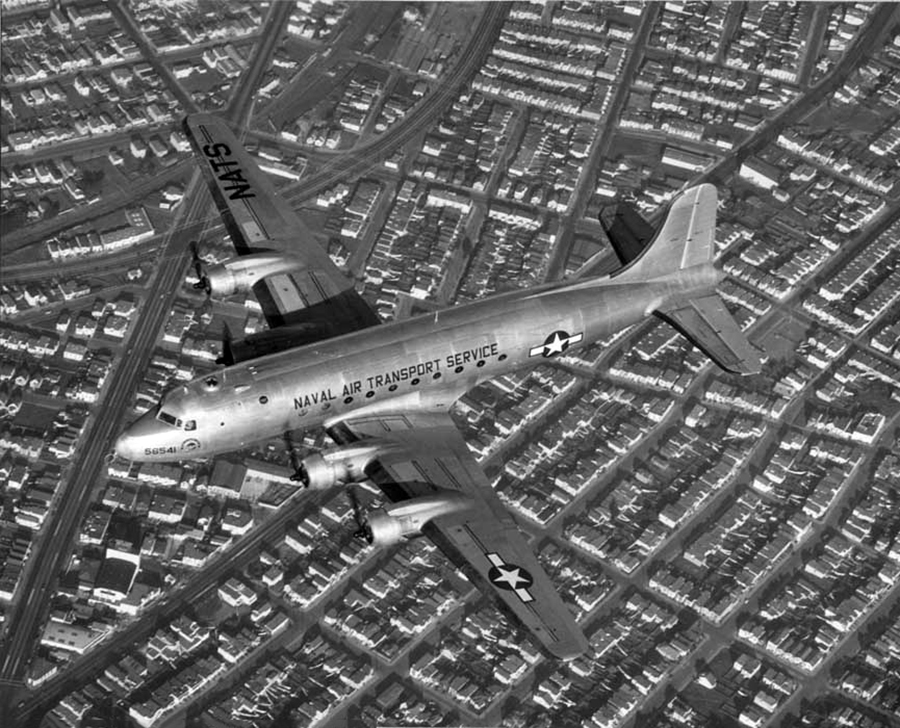Crash of a Douglas C-133A-35-DL Cargomaster into the Atlantic Ocean: 10 killed
Date & Time:
May 27, 1962 at 0925 LT
Registration:
57-1611
Survivors:
No
Schedule:
Dover - Lajes
MSN:
45508
YOM:
1957
Crew on board:
10
Crew fatalities:
Pax on board:
0
Pax fatalities:
Other fatalities:
Total fatalities:
10
Circumstances:
32 minutes after its departure from Dover AFB, while cruising east of Maryland coast at an altitude of 17,000 feet, the airplane disappeared from radar screens and crashed into the Atlantic Ocean. An empty life raft and a nose wheel were found floating on water some 53 miles east of Ocean City, Maryland, but no trace of the ten occupants was found. Amazingly, no other debris were found as the airplane was carrying 25 tons of various materials consisting of clothes, boxes and bags.
Probable cause:
Due to lack of evidences, it was not possible to determine the exact cause of the accident.







